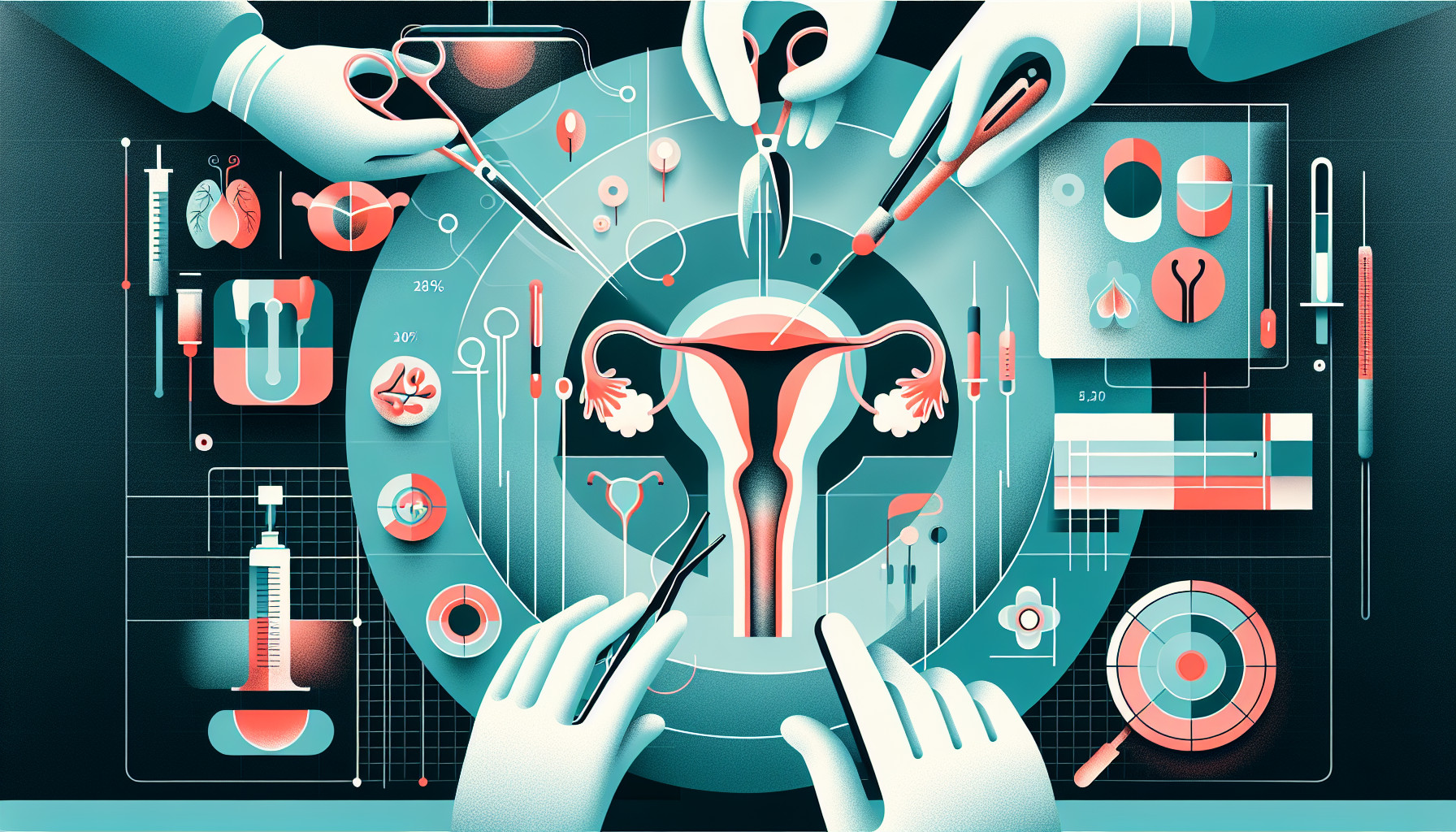Our Summary
This research paper discusses alternative methods to treat urethral strictures, a medical condition where the urethra (the tube that carries urine from the bladder out of the body) becomes narrowed. The standard treatment uses tissue from the inside of the mouth (buccal mucosa) for reconstructive surgery. However, this approach might not be suitable in some cases, such as when the patient has a full-length urethral stricture, previously harvested buccal mucosa, uses tobacco heavily, or has undergone oral radiation.
The paper reviews other treatments that can be used instead of or alongside buccal mucosa. These include injectable treatments that prevent tissue scarring, surgical enhancement with skin flaps, using tissue from the tongue (lingual mucosa) or the colon (colonic mucosa), and emerging methods in tissue engineering for creating urethral graft material. These alternatives can provide more options for managing complex urethral strictures.
FAQs
- What alternative techniques for urethral stricture treatment are discussed in this article?
- When might buccal mucosa be inadequate or inappropriate for use in urethroplasty?
- What are some new developments in tissue engineering for urethral graft material?
Doctor’s Tip
One helpful tip a doctor might tell a patient about urethroplasty is to follow post-operative care instructions carefully to promote proper healing and reduce the risk of complications. This may include avoiding strenuous activities, keeping the surgical site clean and dry, taking prescribed medications as directed, and attending follow-up appointments with the doctor. Additionally, it is important to communicate any concerns or changes in symptoms to the doctor promptly.
Suitable For
Patients who are typically recommended for urethroplasty include those with complex urethral strictures that cannot be effectively treated with less invasive methods such as urethral dilatation or urethrotomy. These patients may have pan-urethral strictures, prior buccal mucosa harvest, heavy tobacco use, or oral radiation that make buccal mucosa inappropriate for reconstruction. Additionally, patients with recurrent strictures or those who have failed previous treatments may also be candidates for urethroplasty. Alternative techniques and materials such as injectable antifibrotic agents, skin flaps, lingual mucosa, colonic mucosa, and tissue-engineered grafts may be used in these cases to achieve successful outcomes in urethral reconstruction.
Timeline
Before urethroplasty:
- Patient experiences symptoms of urethral stricture such as difficulty urinating, weak urine flow, frequent urination, urinary retention, or urinary tract infections.
- Patient undergoes diagnostic tests such as urethrogram, cystoscopy, or uroflowmetry to confirm the diagnosis of urethral stricture.
- Patient may undergo previous treatments such as urethral dilation or internal urethrotomy, which may provide temporary relief but are not effective in the long term for complex strictures.
- Patient consults with a urologist who recommends urethroplasty as a definitive treatment option.
After urethroplasty:
- Patient undergoes pre-operative evaluation and preparation for surgery, including medical history review, physical examination, and possibly imaging studies.
- Patient undergoes urethroplasty surgery, which may involve excision of the strictured segment of the urethra and reconstruction using a graft from a different tissue source such as buccal mucosa, lingual mucosa, or colonic mucosa.
- Patient undergoes post-operative care, including monitoring for complications such as infection, urinary retention, or graft failure.
- Patient undergoes follow-up appointments with the urologist to assess the success of the surgery and monitor for any long-term complications.
- Patient experiences improvement in urinary symptoms and quality of life following successful urethroplasty.
What to Ask Your Doctor
- What are the different options for urethroplasty besides buccal mucosa, and which one would be the most appropriate for my specific situation?
- What are the potential risks and complications associated with each alternative technique?
- How long is the recovery time for each type of urethroplasty procedure?
- Will I need to undergo additional surgeries or treatments in the future after the urethroplasty?
- What is the success rate of the alternative techniques compared to buccal mucosa urethroplasty?
- How experienced are you in performing the specific type of urethroplasty I may need?
- Will I need to make any lifestyle changes or follow a specific post-operative care plan after the procedure?
- Are there any specific factors or conditions that may affect the success of the alternative urethroplasty technique in my case?
- How long can I expect the results of the urethroplasty to last?
- Are there any clinical trials or new developments in urethroplasty techniques that I should consider for my treatment?
Reference
Authors: Browne BM, Vanni AJ. Journal: Urol Clin North Am. 2017 Feb;44(1):127-140. doi: 10.1016/j.ucl.2016.08.003. PMID: 27908367
